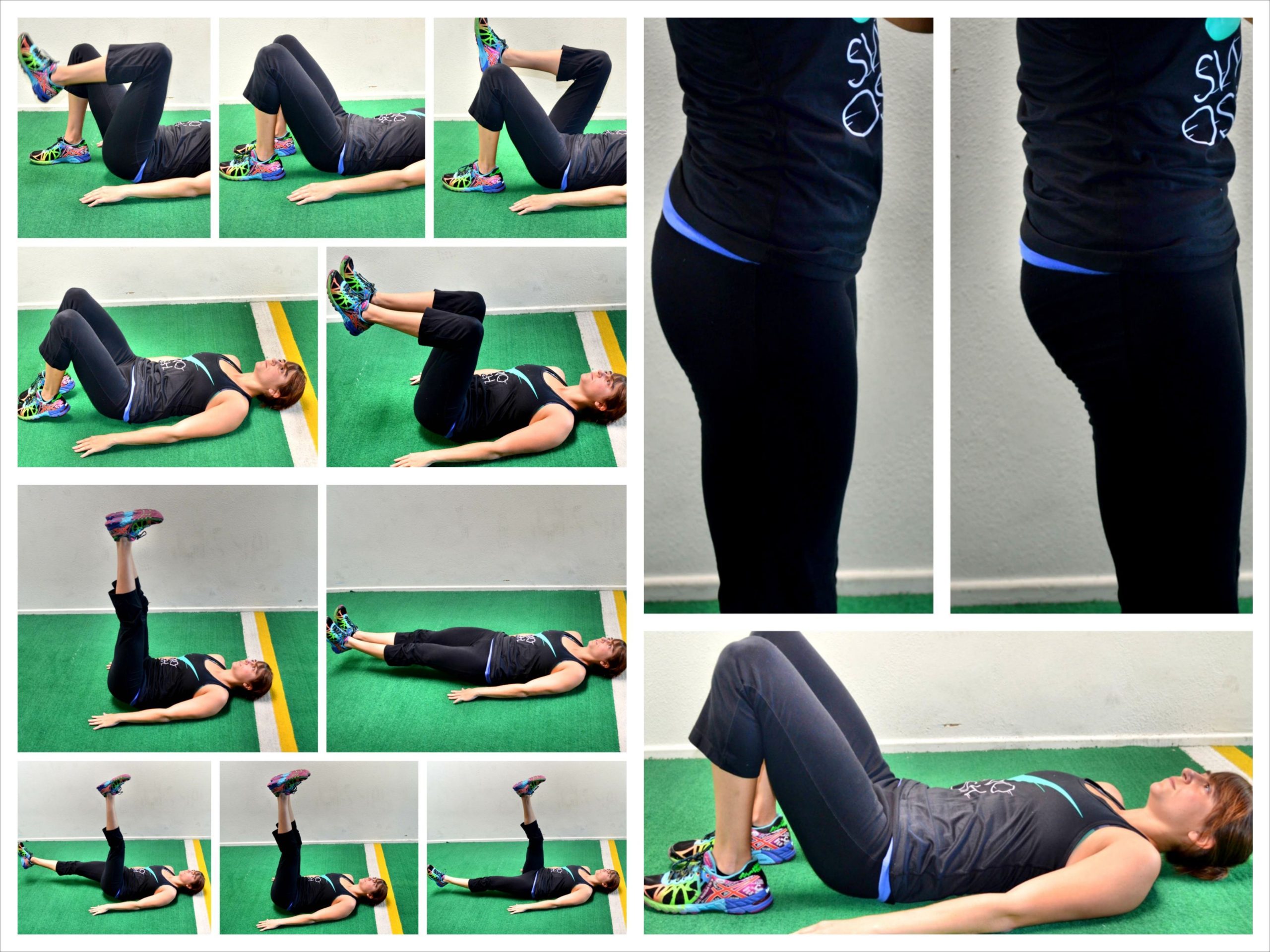
Building and maintaining a strong core and healthy pelvic floor muscles are crucial for overall well-being and long-term physical health. These muscle groups provide essential support to the spine, pelvis, and organs while also being vital for stability, balance, and efficient movement.
Core Strength Exercises
Engaging in regular core exercises strengthens the muscles in your abdomen, back, and glutes. Here are a few exercises to incorporate into your routine:
1. Plank
This exercise targets the entire core, including the rectus abdominis, transverse abdominis, obliques, and back muscles. Start by assuming a position similar to a push-up, but with your elbows on the ground. Keep your body in a straight line from your head to your heels and hold the position for 30 seconds or more.
2. Russian Twists
Russian twists specifically work the oblique muscles. Sit on the ground with your knees bent, lift your feet off the floor, and lean back slightly while keeping your spine straight. Hold a weight or medicine ball with both hands and twist your torso from side to side, touching the weight to the ground on each side.
3. Pilates Hundreds
This classical Pilates exercise engages the deep core muscles and improves overall core strength and stability. Lie on your back with your legs in tabletop position and arms by your sides. Lift your head, neck, and shoulders off the ground and pump your arms up and down while breathing deeply. Aim for 100 arm pumps.
Pelvic Floor Health
In addition to core strength, maintaining a healthy pelvic floor is crucial, especially for women. Weak pelvic floor muscles can lead to a variety of issues, such as urinary incontinence, prolapse, and sexual dysfunction. Here are some tips for maintaining pelvic floor health:
1. Kegel Exercises
Kegels are a popular exercise to strengthen the pelvic floor muscles. Start by identifying the muscles used to stop the flow of urine midstream. Contract these muscles and hold for a few seconds before relaxing. Repeat this exercise multiple times throughout the day, gradually increasing the duration of each contraction.
2. Proper Squatting Technique
Correctly performing squats can help strengthen the pelvic floor muscles. Stand with your feet shoulder-width apart, toes pointing slightly outward. Lower your body as if sitting back into a chair, making sure to keep your knees in line with your toes. Engage your pelvic floor muscles throughout the movement.
3. Yoga and Pilates
Practicing yoga and Pilates can aid in maintaining pelvic floor health. These activities promote flexibility, strength, and balance, benefiting not only the pelvic floor muscles but the entire body. Focus on poses and exercises that engage the core and pelvic area, such as the bridge pose, cat-cow, and pelvic tilts.
Conclusion
Building core strength and maintaining pelvic floor health are important for overall physical well-being. Regular exercise routines that focus on core muscles, like planks and Russian twists, can lead to a stronger and more stable core. Additionally, incorporating Kegel exercises and proper squatting techniques into your routine, along with yoga and Pilates sessions, can promote pelvic floor health. Remember, consistency is key when it comes to building strength and maintaining muscle health.

